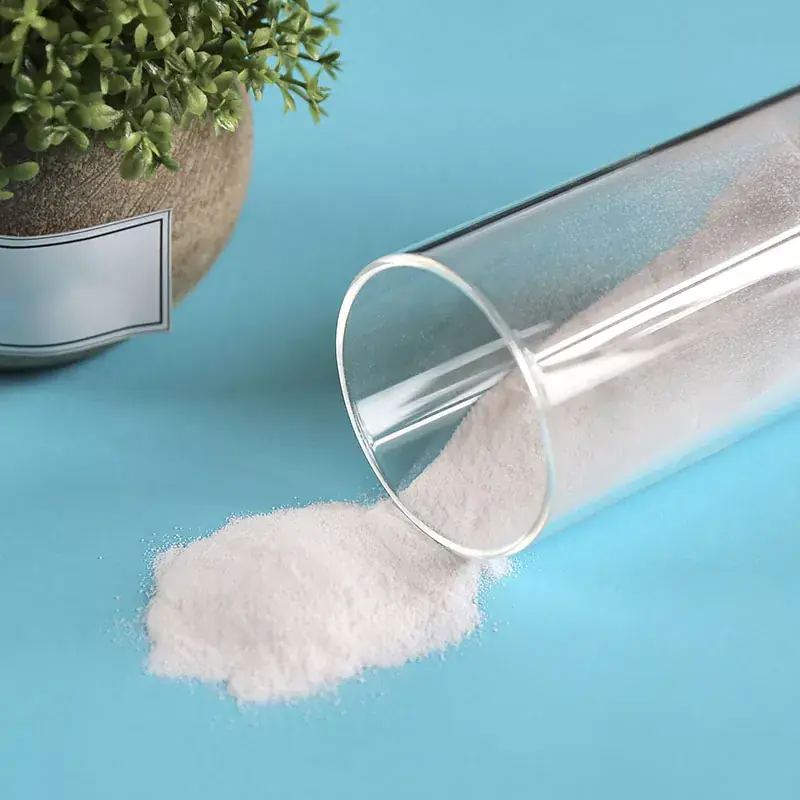What are the Usage and Precautions of PVC Regulator?
2025-05-22
In the field of plastic processing, PVC foam products are widely used in construction, furniture, automotive interior and other industries due to their excellent properties such as light weight, heat insulation and sound insulation. As the core auxiliary agent that determines the quality of PVC foam products, the addition and use process of PVC regulators are very particular, just like the calibration of precision instruments, and every link is related to the success or failure of the final product.

1. Accurately control the amount of addition to unlock the ideal foaming effect
1.1 Dynamic adjustment of the conventional addition range
The amount of PVC regulator added is not a fixed value that does not change, and generally fluctuates between 2% and 10% of the mass of PVC resin. Taking the production of PVC foam boards for construction as an example, if high-density and high-strength boards are pursued, the amount of PVC regulator added can be controlled in a lower range, about 2% - 5%; and when making lightweight decorative lines, in order to obtain a higher foaming ratio, the amount of addition needs to be increased to 8% - 10%. In practical applications, factors such as product type, type and dosage of foaming agent, processing equipment and process, etc., are like the knobs of precision instruments, affecting the final determination of the amount of addition.
1.2 The road to exploring the optimal dosage
Determining the optimal amount of addition is by no means a one-off task, and a rigorous experimental process must be followed. First, a preliminary experiment was carried out to add a PVC regulator to the basic formula at a gradient of 2%, 5%, 8%, and 10%. By observing the expansion ratio, cell uniformity, and mechanical properties such as tensile strength and bending strength of the product, a better range was initially screened out. Then, the orthogonal test method was used to conduct a multi-factor combination test of the PVC regulator and other additives such as stabilizers and plasticizers, and the optimal balance of each factor was found with the help of data analysis. Finally, a small-scale trial production was carried out on the production line to monitor the extrusion pressure fluctuation, whether melt fracture and other processing stability problems occurred, and the qualified rate of finished products in real time to ensure the feasibility of theoretical parameters in actual production.
2. Multiple addition methods to meet different production needs
2.1 "Group integration" in the mixing stage
In the production of general-purpose PVC foam products, such as sheet and pipe manufacturing, addition in the mixing stage is the most commonly used method. The production process is like a carefully choreographed chemical symphony: first, put PVC resin, PVC regulator, stabilizer, lubricant and other dry powder additives into the high-speed mixer in proportion, turn on the equipment, and let these "chemical dancers" fully dry mix in the machine for 2-5 minutes to achieve initial dispersion; then add plasticizer (if contained in the formula), and continue mixing until the material is loose and granular, at which time the temperature is about 80-100℃; finally, transfer the mixed material to the extruder or internal mixer, and plasticize and extrude it together with the foaming agent (usually added later to prevent premature decomposition), completing the entire mixing and processing process.
2.2 "Precise Dosing" with Accurate Metering
For high value-added PVC foam products, such as automotive interior foam parts, or production scenarios with strict requirements on the content of regulators, accurate metering and addition methods are indispensable. Metering pumps and loss-in-weight feeders are powerful assistants for achieving precise dosing. Metering pumps are suitable for liquid PVC regulators, with an accuracy of ±1%. They can inject regulators into the production process at a set dose like a precise pharmaceutical syringe; loss-in-weight feeders are specially designed for powder regulators. Through real-time weighing, the addition amount is controlled with extremely high stability to ensure that each portion of regulator is accurately involved in the foaming process of PVC.
3. Analysis and Solutions of Common Problems
In the production process of PVC foam products, various problems are inevitable. When the foaming ratio is low, it may be due to insufficient dosage of the regulator or decomposition during processing. At this time, you can try to increase the dosage by 1% - 2% and appropriately reduce the processing temperature by 5 - 10℃; if the bubbles are found to be coarse and uneven, it is likely caused by poor dispersion or large fluctuations in extrusion pressure, which can be solved by extending the mixing time and checking the stability of the metering pump; cracking on the surface of the product is usually caused by insufficient melt strength, and you can consider replacing a high molecular weight regulator or increasing the dosage; the phenomenon of bubbling during processing is often caused by the regulator and foaming agent reacting too quickly. You can try to delay the addition time of the foaming agent, or use a regulator with better thermal stability.






